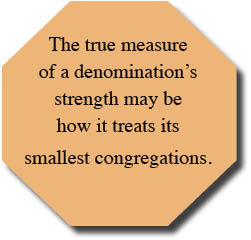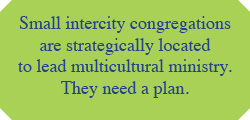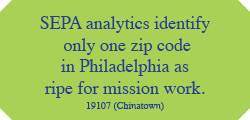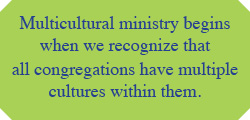![]() Redeemer is happy on this joyous Palm Sunday to report significant progress in reconciling all differences with the bishop and representatives of the Southeastern Pennsylvania Synod of the Evangelical Lutheran Church in America.
Redeemer is happy on this joyous Palm Sunday to report significant progress in reconciling all differences with the bishop and representatives of the Southeastern Pennsylvania Synod of the Evangelical Lutheran Church in America.
In a lengthy arbitration process, SEPA leaders agreed to drop all lawsuits against the congregation and its individual members and work together toward peace. It was noted with pride that SEPA is a reconciling denomination.
In a statement read by a SEPA representative, it was further noted that the Bible recognizes that differences will arise within the church, but by following biblical remedies, peace can be attained with love and mutual respect. “How can we expect to reconcile with people of different faiths if we cannot reconcile with our own people?” a SEPA spokesperson asked.
It was announced that the congregation will worship in the sanctuary (that has been locked for three years) beginning this Easter. The service will be presided over by a clergy representative from SEPA’s roster, chosen by the congregation. The service will follow both African and East Falls worship traditions within a traditional Lutheran liturgical structure, reflective of Redeemer’s congregational makeup.
A series of biweekly meetings will be held to include the congregation’s remaining church council, Redeemer members, and synodical representatives. Regular worship and the reopening of the congregation’s day care and after-school programs will be first on the each meeting’s agenda with projected revenues supporting Redeemer’s ministry.
The synod will assign a pastor to visit every Redeemer member to extend an olive branch of peace and reconciliation.
Redeemer will be restored to the list of active congregations with full voice and vote in Synod Assembly with its rightful number of delegates as a multi-racial/cultural church under SEPA’s constitution.
A summer outreach will be conducted focusing on a two-week Vacation Church School, led by members and local college students. The school will feature a major community service project. Redeemer has worked on this concept during its three years of exile from the Lutheran Church.
The congregation will approach the neighboring public school to work on a flex-time religious education offering.
A long-term plan for settling the debts incurred from four years of litigation will be negotiated. A low-interest loan will be sought to pay off the congregation’s high interest loan, thus ending third-party claims against the church and the synod. The congregation’s loan has been in default since January 2010 after SEPA was granted the deed to Redeemer’s property by Commonwealth Courts in a suit which resulted in a split PA Commonwealth Court decision favoring SEPA. Redeemer will repay the loan under 20-year terms.
A first congregational meeting will be held a week after Easter to restore Redeemer’s council and government. Semi-annual meetings will be held with SEPA leadership to monitor progress in reestablishing the congregation.
The congregation’s comprehensive mission plan, presented to SEPA in 2007, will be revised to take into account new realities. The congregation will vote on the revisions at a meeting to be held within six months. A SEPA staff person who recently approached East Falls community members requesting ideas for use of the Redeemer property was pleased with the careful thought put into the plan by Redeemer members.
A pastor skilled in multicultural outreach will be sought with input from Redeemer members. The search process will begin immediately.
A Reconciliation and Atonement service with transfer of the property to Redeemer Lutherans will be scheduled to be held after the details of Redeemer’s government are worked out.
Redeemer and SEPA leaders, in a joint news conference, announced that they were pleased to be working together in mission and to the glory of God. “Forgiveness and compassion are key qualities of the church,” a spokesperson for Redeemer said. “We long to take any and every step possible to reach out to our brothers and sisters in Christ in the spirit of Christian unity.”
A SEPA representative noted that Palm Sunday, the day the people of Jerusalem lauded Jesus as King and begged for salvation, was a fitting time to exercise the teachings of the Church and to begin working together interdependently in the Lutheran tradition.
And if all of this doesn’t happen today, on April 1, it never will!







